
Co to jest memo w kryptowalutach?
Przelewy kryptowalutowe to bardzo odpowiedzialny proces, ponieważ należy ostrożnie wprowadzać adres, aby upewnić się, że środki zostaną zaksięgowane. W tym celu niektóre monety, takie jak Bitcoin i Ethereum, mają swoje unikalne adresy, ale w przypadku innych, jak XRP czy Cosmos, giełdy kryptowalutowe używają wspólnego adresu. W takich przypadkach przed wysłaniem wprowadza się tag docelowy lub memo, aby zidentyfikować potrzebne konto.
W tym artykule wyjaśnimy więcej na temat tagów docelowych, wskażemy, które kryptowaluty ich potrzebują, oraz podamy algorytmy, jak znaleźć memo w różnych usługach.
Co to jest memo?
Memo, zwane także tagiem docelowym, to unikalna informacja wymagana do prawidłowego zakończenia transakcji kryptowalutowej. Wygląda jak numeryczny kod o długości 6 lub więcej cyfr i jest umieszczone obok głównego adresu portfela.
Jak już wspomnieliśmy, memo jest niezbędne przy dokonywaniu przelewów określonymi kryptowalutami, o których powiemy dalej w tym artykule. Te mema są używane do wysyłania środków do portfeli kryptowalutowych lub giełd, które korzystają ze wspólnego adresu depozytowego; tagi pomagają platformie odbiorczej skierować transakcję do właściwego użytkownika. Mema również pomagają identyfikować przelewy w danej sieci. Dlatego tagi docelowe są niezbędne do rozróżnienia użytkownika w środowisku wspólnego adresu.
Dlaczego potrzebujesz tagu docelowego dla transakcji XRP?
Jedną z najczęściej używanych monet, które wymagają memo dla swoich transakcji, jest Ripple (XRP). Tag docelowy XRP to ten sam numeryczny kod, który jest potrzebny przy wysyłaniu monet do usług korzystających z jednego adresu XRP. Tag służy jako unikalny identyfikator, który pomaga platformie powiązać transakcję z konkretnym kontem odbiorcy.
Ze względu na brak funkcji na niektórych platformach generujących indywidualne adresy XRP, monety mogą nie zostać poprawnie zaksięgowane, mogą być opóźnione lub zagubione. W takim przypadku użytkownik będzie musiał skontaktować się z zespołem wsparcia serwisu, aby rozwiązać problem, co może zająć dużo czasu. Czasami odzyskanie monet XRP może być niemożliwe do zwrotu.
Aby uniknąć takich problemów, warto zdobyć tag docelowy XRP. Proces jest prosty: musisz zalogować się na platformę kryptowalutową, z której korzystasz, przejść do sekcji „Portfel” lub „Saldo”, kliknąć XRP i wybrać opcję „Depozyt”. Następnie pojawi się tag docelowy, który należy skopiować w celu przetworzenia transakcji.
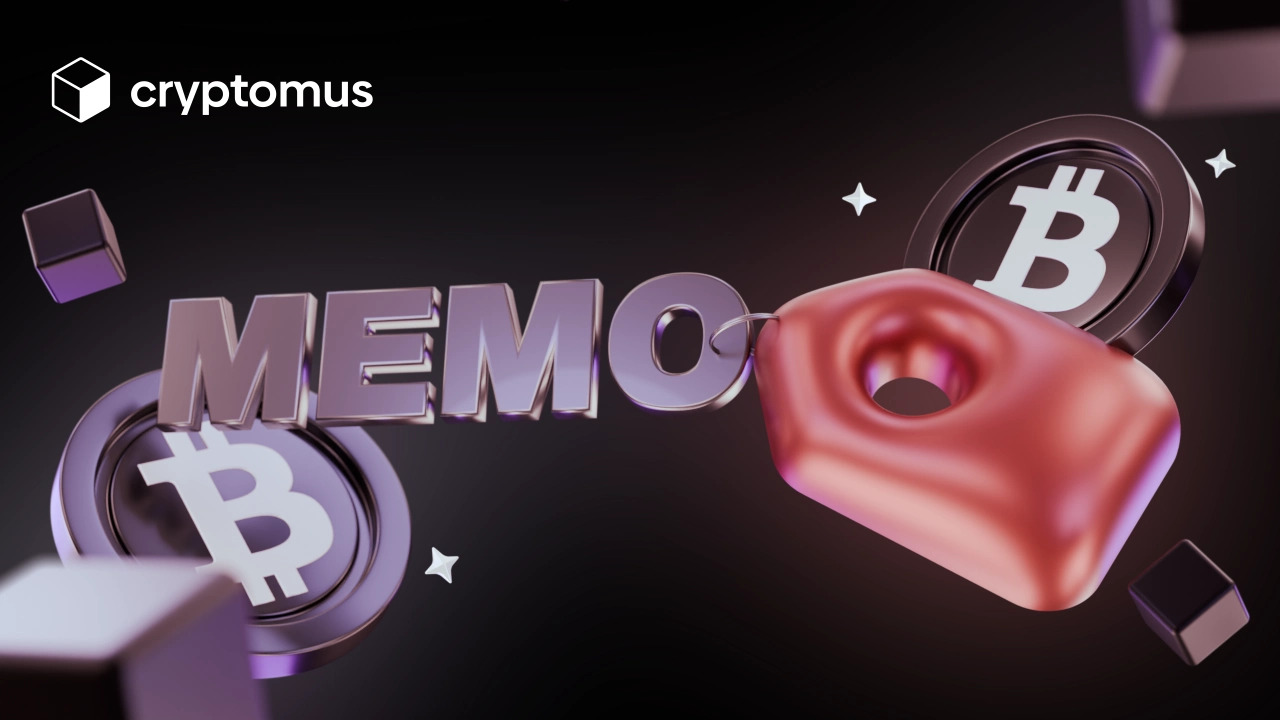
Kryptowaluty używające memo/taga docelowego
Przyjrzyjmy się teraz bliżej monetom, których transakcje wymagają użycia taga docelowego. Zebraliśmy najpopularniejsze z nich i podaliśmy przykłady, jak mogą wyglądać ich mema:
-
Ripple (XRP). Wiesz już, że dla transakcji XRP tag jest używany do identyfikacji konta odbiorcy na giełdzie lub w portfelu. Przykład tagu docelowego dla XRP: „12345678”.
-
Binance Coin (BNB). Ta moneta również wymaga memo podczas wysyłania na określone adresy, najczęściej przy korzystaniu z Binance Chain. Przykład memo dla BNB: „98765432”.
-
Cosmos (ATOM). W przypadku kryptowaluty Cosmos memo jest wymagane przy przelewach na giełdy. Przykład memo dla ATOM: „Wpłata na konto 11223344”.
-
Stellar (XLM). Memo jest niezbędne w klasycznym schemacie rozróżniania użytkowników połączonych wspólnym adresem. Przykład memo dla XLM: „Wpłata na user123” lub „ID Memo: 987654321”.
-
EOS. Moneta używa memo do rozróżniania użytkowników wpłacających na ten sam portfel. Przykład memo dla EOS: „memo123456”.
-
Hedera Hashgraph (HBAR). Ta kryptowaluta używa memo do przelewów na giełdy scentralizowane. Przykład memo dla HBAR: „tx dla usera 1001”.
Tag docelowy jest niezbędnym identyfikatorem transakcji, który zapewnia, że środki trafią na właściwy adres. Nie jest jednak wymagany dla wszystkich kryptowalut ani dla wszystkich usług kryptograficznych, więc przed dokonaniem transakcji zapoznaj się z zasadami korzystania z konkretnej monety oraz informacjami na platformie odbiorcy.
Mamy nadzieję, że ten przewodnik pomógł Ci zrozumieć, czym jest memo (tag docelowy) i do czego służy. Oferujemy Ci szczegółową instrukcję dotyczącą transakcji XRP na znanych platformach w sekcji najczęściej zadawanych pytań w tym artykule.
FAQ
Jak znaleźć tag docelowy XRP w Trust Wallet?
Oto algorytm, jak znaleźć tag docelowy w Trust Wallet:
-
Uruchom Trust Wallet. Otwórz aplikację Trust Wallet i zaloguj się na swoje konto.
-
Wybierz XRP. Kliknij XRP wśród sugerowanych monet na głównym ekranie.
-
Przejdź do opcji odbioru. Zostaniesz przeniesiony na stronę monety XRP, gdzie należy kliknąć „Odbierz”.
-
Uzyskaj tag docelowy. Zobaczysz adres portfela i tag docelowy. Skopiuj tag i zapisz go do przyszłych działań.
Jak znaleźć tag docelowy XRP na Binance?
Oto algorytm działań, które pozwolą Ci uzyskać tag docelowy na giełdzie kryptowalut Binance:
-
Uruchom Binance. Otwórz aplikację Binance lub przejdź na stronę internetową i zaloguj się na swoje konto.
-
Przejdź do portfela Binance. Otwórz menu, kliknij „Portfel”, wybierz „Depozyt”, jeśli pracujesz z aplikacji mobilnej, lub „Fiat i Spot”, jeśli korzystasz z wersji na komputerze.
-
Wybierz XRP. Znajdź XRP wśród dostępnych monet i kliknij na nią.
-
Zasil swoje konto. Kliknij opcję „Depozyt”, aby zasilić swoje konto monetami XRP lub dowiedzieć się o bieżącym stanie konta.
-
Uzyskaj tag docelowy. Platforma wyświetli adres depozytowy i tag docelowy na wybranej stronie. Skopiuj oba, ponieważ będą potrzebne podczas transferu.
Co się stanie, jeśli wyślę XRP bez tagu docelowego?
Jeśli przelejesz monety XRP bez określenia tagu docelowego na platformę, która tego wymaga, transakcja zostanie zakończona, ale środki nie zostaną automatycznie zaksięgowane na Twoim koncie. Twoje aktywa zostaną zatrzymane; monety XRP będą przechowywane w portfelu platformy, ale nie dotrą do Twojego konta.
W takim przypadku będziesz musiał skontaktować się z zespołem wsparcia platformy, aby rozwiązać problem. Musisz dostarczyć specjalistom szczegóły transakcji, w tym jej ID, kwotę wysłanego XRP, adres portfela oraz czas dokonania przelewu. Pamiętaj, że niektóre platformy mogą pobierać opłatę za odzyskanie środków wysłanych bez memo.
Oceń artykuł
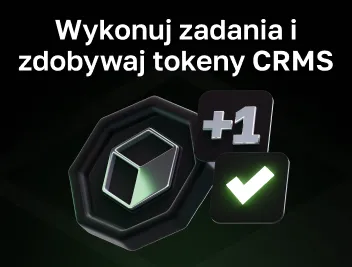


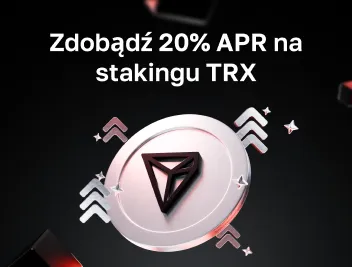

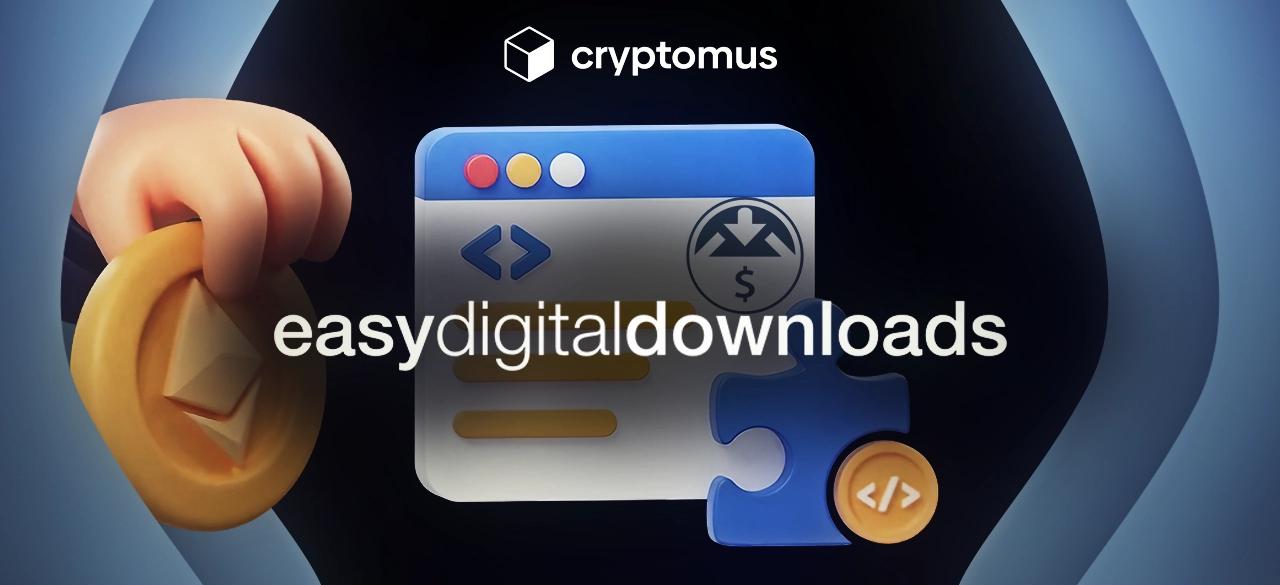
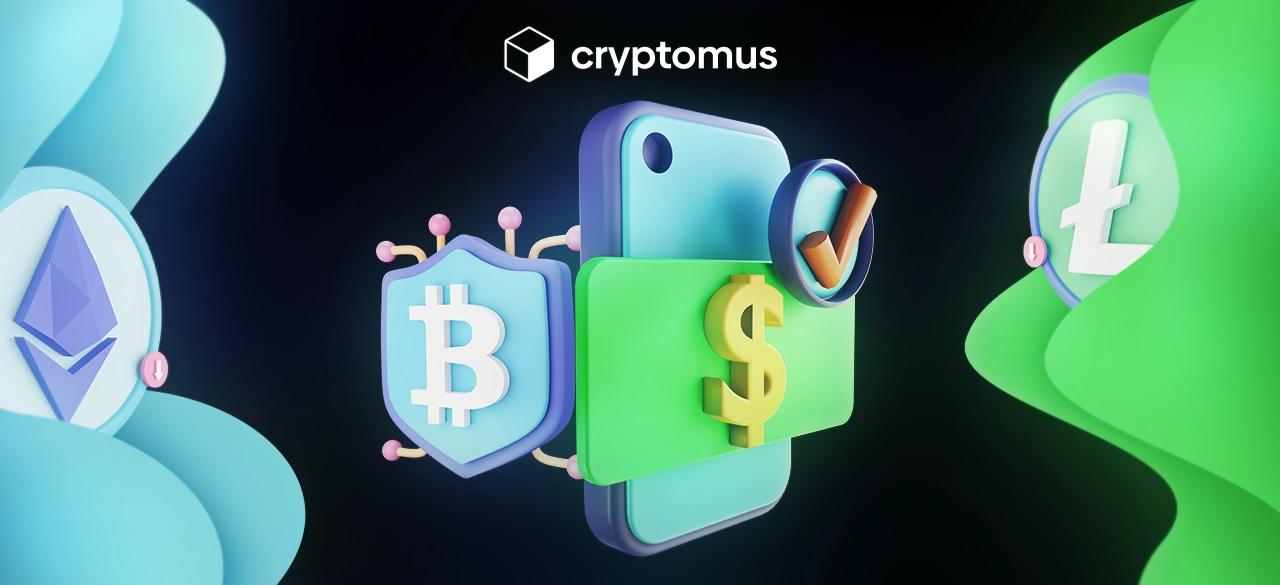

uwagi
0
Aby dodać komentarz, musisz się zalogować